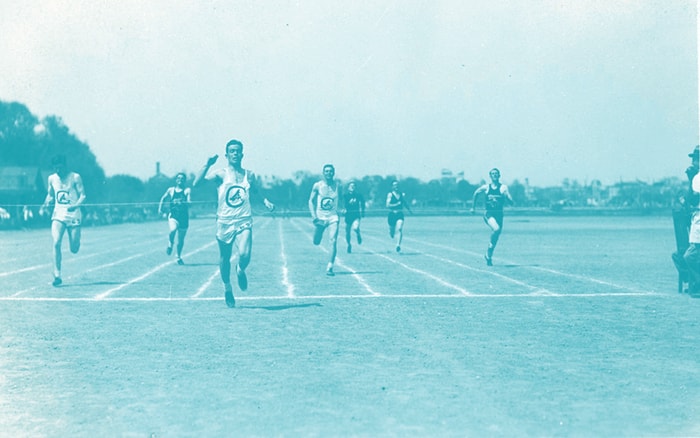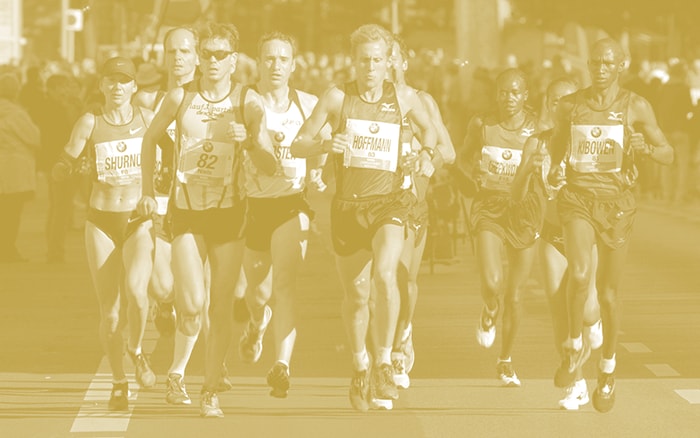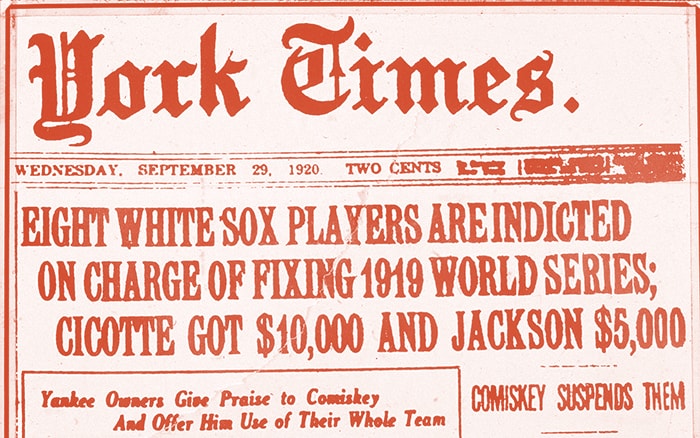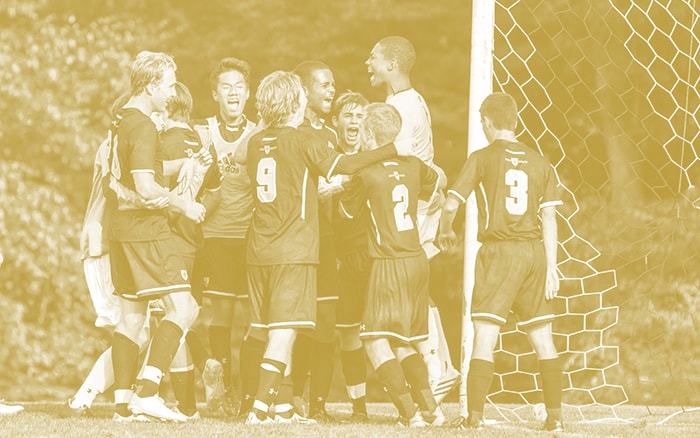
The Olympics of trade shows, CES, finished its 50th annual run last month in Las Vegas. At this largest exhibition in the world, more than 3,800 companies packed 40 football fields of space and showed their stuff to crowds exceeding 165 thousand.
Clearly, this show is on its own level—and one that might make ours look minor league in comparison. But even if that’s so, the showmanship at CES should serve as a friendly challenge (or kick in the pants) to get our shows into shape.
In this two-part article, we’ll first walk through six steps for overall show fitness and then five steps for booth fitness. So, ready, set, here goes.
Part One: Six Steps for Show Fitness
Step 1: Start at the finish line.

Begin with the end goal, then lay out your steps to get there. Just for starters, if your goal is...
...SALES LEADS, then plan how you’re going to generate high traffic. Will you use targeted advertising, a prominent location, an appealing giveaway, or something else? Also define how you’ll gauge the quality and readiness of leads, and have a clear follow-up plan for them.
...STRONGER CUSTOMER RELATIONSHIPS, then encourage them to attend—or even better, pay their way—and devote some one-on-one time to them.
...MORE INDUSTRY RECOGNITION, then promote the show so people associate you with it. Do interviews with media covering it. Speak at an event or host a workshop while you’re there.
You get the idea. Whatever your finish line is, arrange your steps to get there.
Step 2: Run a marathon, not a sprint.

No matter how fast you are, the sheer amount of ground you’ve got to cover makes show prep a long distance run, not a dash. Instead of trying to squeeze 26 miles into 100 meters, give yourself plenty of time.
How much? Well, no less than two months, but ideally several more. Time yourself based on how long you’ll need to take these key preparatory steps:
- SECURE A GOOD POSITION. Register early to get a premium place or discount. Otherwise, you may find yourself stuck in last place, paying a late fee, or even disqualified.
- CHOOSE A RALLYING CRY. Come up with a good message or theme to use throughout communications. It takes forethought, but makes you more noticeable and memorable.
- DRAFT AND TRAIN YOUR TEAM. Select a range of people and skills—some marketers, salespeople, product experts, etc. Give them enough time to get comfortable with their roles and each other.
- REACH THE CROWD BEFOREHAND. Get a better response by promoting your exhibit in advance to the people you’re seeking. The methods are up to you—calls, emails, online campaigns, or Goodyear blimps—but all have to be executed ahead of time.
- TAKE THE PODIUM. Though optional, sponsoring or speaking at the show provides good visibility, but requires advanced notice and prep.
- GET YOUR GEAR. Budget plenty of time to design, make, or purchase all the physical materials—booth, banners, collateral, and giveaways.
Step 3: Fix the game.

It’s against the rules in sports, but not in trade shows to guarantee your outcome in advance. You do it by pre-scheduling meetings with enough people to make the show worth attending. Two ways are to:
- BUS IN YOUR OWN FANS—customers and prospects. Okay, maybe don’t literally bus them in, but invite and schedule meetings with all you can.Be sure to use the most direct, personal form of communication available. In other words, don’t send a mailer to a longtime customer; call her.
- BARNSTORM by doing some targeted advertising and giving your audience the opportunity to book meetings. For example, you could run an online campaign that takes people to a landing page where they can provide contact information and request a meeting time.
Besides ensuring that you’ll stay active and have better results, pre-scheduled meetings can increase your walk-in traffic, too. You have a better chance of drawing a crowd if you already have one. Attendees always want to see what the buzz is about at popular booths.
Step 4: Assign team positions.

At the show, arrange your team strategically, with specific roles to gain strong leads and sales.
- PUT YOUR LEAD GENERATORS OUT FRONT. Choose outgoing teammates who can draw lots of leads into your booth. Marketing or social media staff often excel in this position.
- FOLLOW WITH QUALIFIERS—effective communicators who can convey your message, but also gauge the quality of leads. Sales or customer service staff can handle this core role and take strong or sales-ready leads to the final step.
- BRING UP THE REAR WITH FINISHERS—experts and deal-closers who can convert sales-ready leads into customers. Your salesforce, product managers, or account execs generally fill this position.
Step 5: Remember your lessons from grade school athletics.

These old-school sports practices and principles apply to trade shows, too.
- TEAM-BUILD. Each morning, huddle up for a few minutes. Make sure everyone has the day’s plan, one another’s backs, and what they need. Then afterwards, review the gameplay. Celebrate wins (dumping coolers is optional), but also correct problems and look for patterns like repeat questions that everyone should be ready for.
- HUSTLE. Get off the bench and out from behind the table. Stay on your feet. Instead of waiting for people to come to you, take the game to them. If you’re not worn out by the end of the day, you’re doing something wrong.
- BE ASSERTIVE, BUT A GOOD SPORT. Initiate conversations with everyone you can, but don’t talk anyone into a corner. Be winning to everyone—even to those who turn out not to be prospects. That doesn’t mean you should run down the clock chasing after unlikely leads, but don’t snub them either.
Step 6: Keep your leads!

As Aesop (and Usain Bolt) have taught us, it’s not getting leads, but keeping them that wins the race. Unfortunately, a lot of companies stop short. In the endorphin rush of new-found, would-be customers, they fail to follow through with 80% of them–at least, that’s what the Center for Exhibition Industry Research says.
And frankly, it’s a harebrained move that throws the race. Don’t do it! Resolve to follow up with your leads. Sure, you’ll get nowhere with some–that’s to be expected–but you’ll win others if you’ll just take a few steps to combine hare-like speed with tortoise-like persistence:
- WITHOUT DELAY, record your leads. While the show’s underway, key in the business cards you’ve received and notes you’ve taken–preferably into a CRM database, but at least into a shared Google sheet. And don’t forget to assign who’s taking the lead.
- WITHIN A DAY OR TWO, contact the person to thank them and provide anything you’ve promised—whether it’s more information or a next meeting.
- WITH REGULARITY, continue to follow up after the show. How many times? Well, the Online Marketing Institute says it can take 7 to 13 touchpoints to generate qualified, sales-ready leads. And that doesn’t mean calling someone that many times a week! It means establishing checkpoints—regular intervals at which you’ll make contact and progress.
So get on it, stay at it, and watch more of those leads turn into wins.


